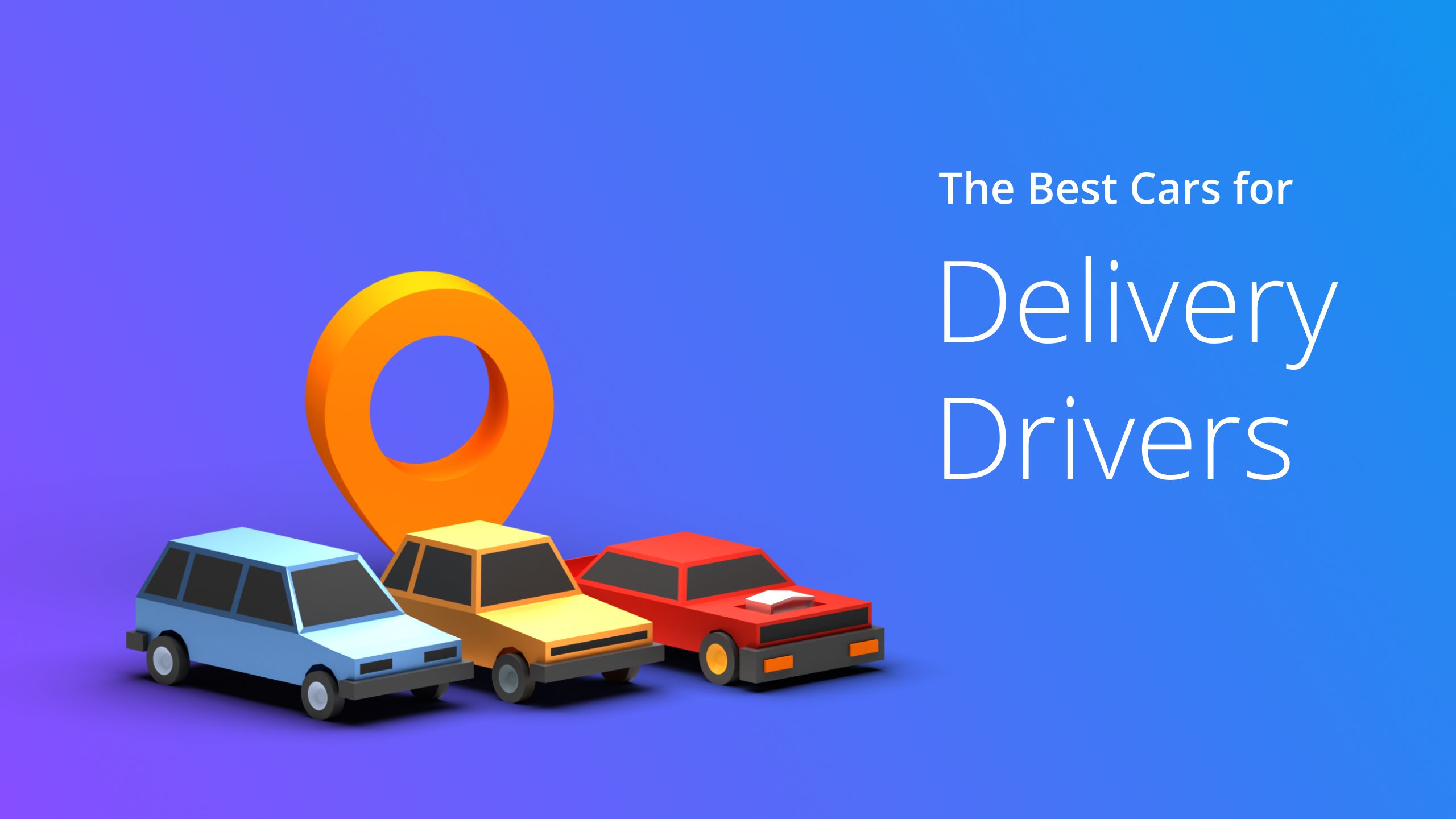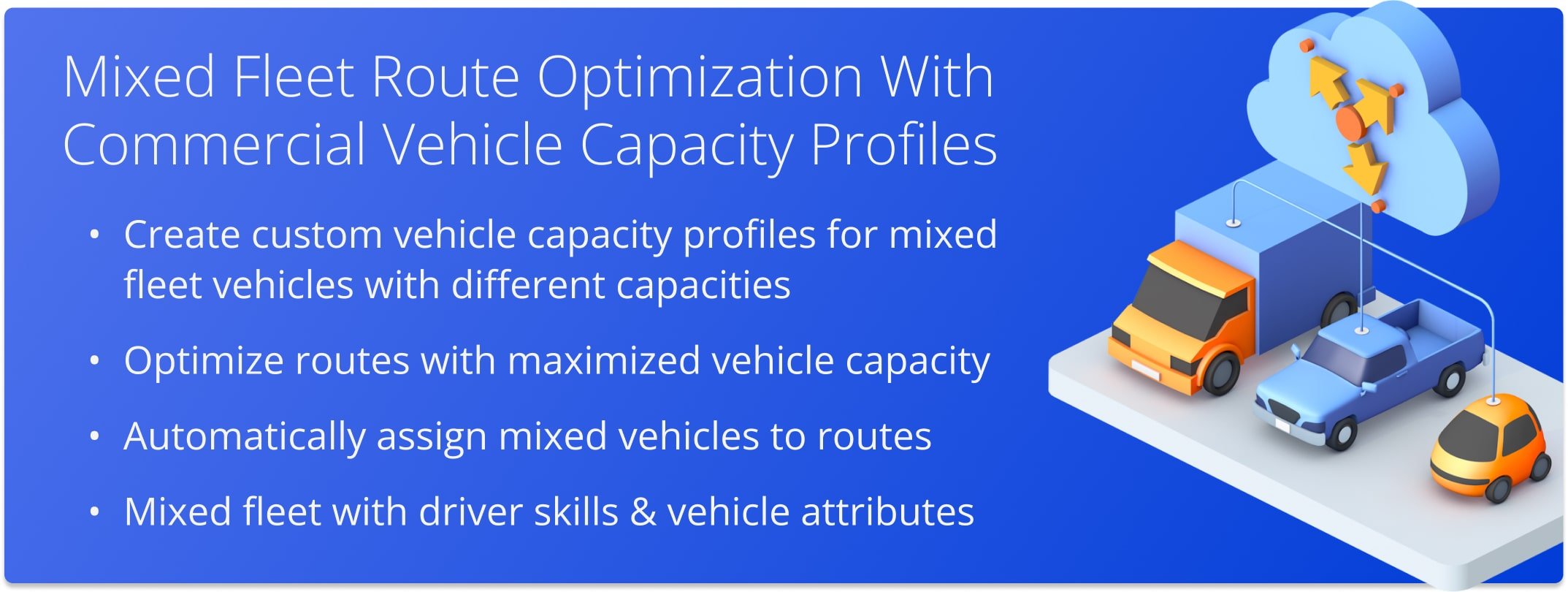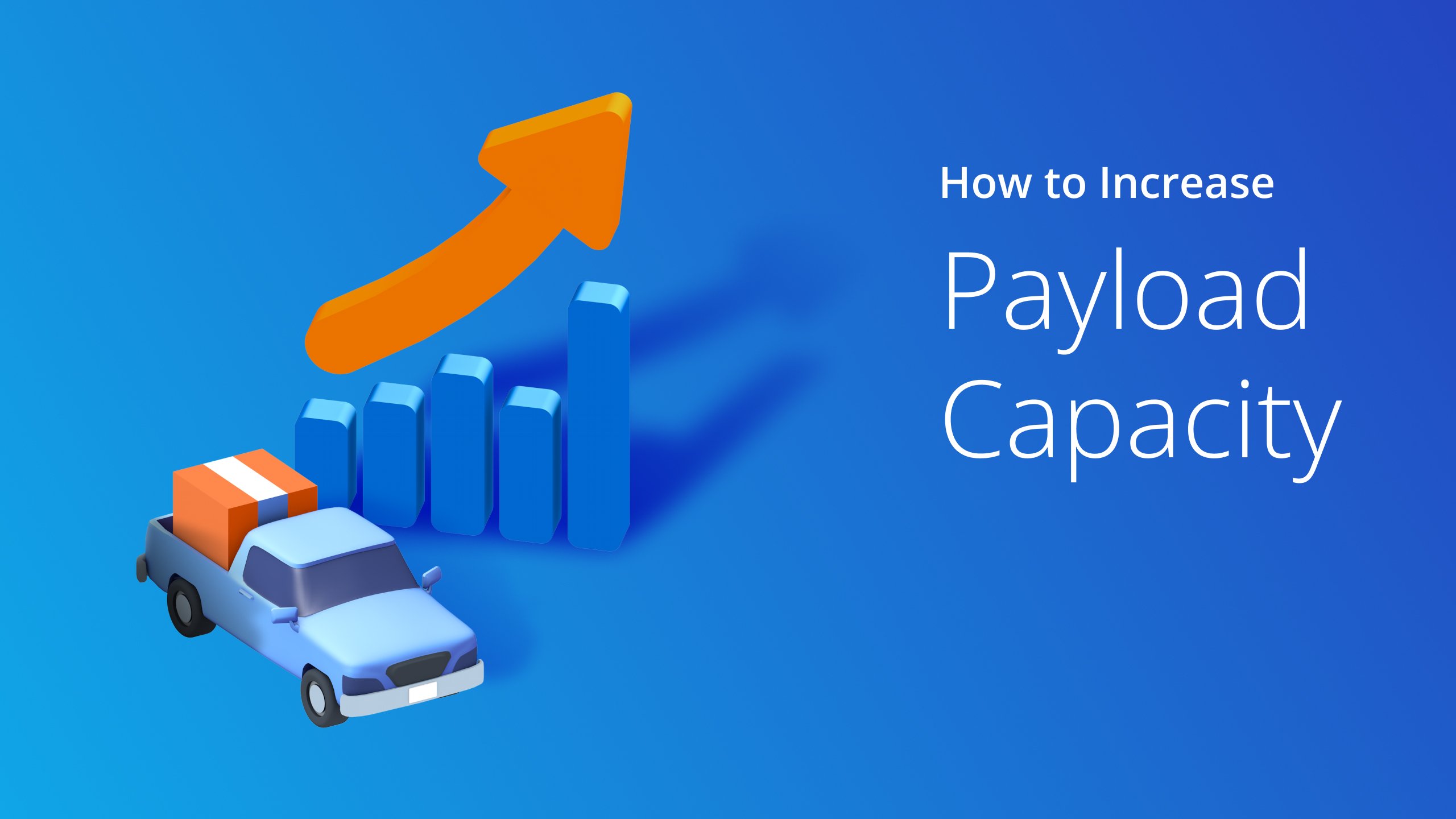Vehicle utilization is key to efficient fleet management.
Just as you plan your daily operations to be productive, you need to plan how you use your vehicles to save time and money and reduce carbon emissions.
If the routes aren’t planned well and vehicles aren’t used properly, drivers will take longer routes, use more fuel, and deliver fewer parcels, which isn’t good for business.
But how do you do it?
We’ve shared some best practices below. Let’s get started.
Table of Contents
1. Optimize Routes
You must plan better routes to optimize vehicle usage.
With better routes, drivers can make more deliveries in one trip and use each vehicle more.
Optimized routes also mean your drivers won’t get stuck in traffic or roadblocks. This reduces idle time and keeps your drivers productive throughout the day.
You can reduce the distance driven by empty or half-empty vehicles. Efficient routes prevent unnecessary backtracking and looping, so each vehicle follows a direct and logical route.
Drivers can also spend more time delivering and less time navigating or dealing with route inefficiencies.
But, manually planned routes using pen, paper, or spreadsheets are often inaccurate and time-consuming. Multi-stop route optimization software, like Route4Me, is a powerful tool that can simplify this process and save time and resources.
Just upload the list of customer addresses and set the parameters; that’s it.
Route4Me’s route planner will plan well-optimized multi-stop routes in a minute, taking into account traffic, weather, one-way, turn restrictions, height, and more constraints.
Route4Me’s enterprise routing software also has features that will help you make on-time deliveries without the hassle and extra cost.
- You can plan daily, weekly, or seasonal routes.
- You can make real-time adjustments and re-optimize routes for last-minute changes.
- You can schedule, plan, and dispatch routes for weeks, months, or up to 12 months in advance.
- Route4Me’s final mile software helps assign a balanced workload.
- It has a built-in GPS tracker so you can monitor your vehicles to ensure everything goes as planned.
Want To See For Yourself How Route4Me Can Help Utilize Your Vehicles Efficiently?

2. Choose the Right Vehicle Size
Select the right vehicle size to optimize vehicle usage. However, no one-size-fits-all solution can meet constantly evolving consumer demands.
For example, bigger vehicles consume more fuel. So, using a big vehicle for a small job will waste fuel and increase operational costs.
Plus, oversized vehicles are expensive and have high repair and maintenance costs.
Small vehicles can navigate tighter spaces and congested urban areas with ease. They produce less emissions.
Choosing the right-sized vehicles will ensure none of your vehicles are underutilized or overloaded, so you can use capacity more efficiently. Plus, you can reduce the risk of damage to goods in transit.
But how do you choose the right vehicle for your requirements? Here are some tips.
- Review your delivery volume and frequency to identify patterns and peak times.
- Look at the size, right, and cubic volume of the typical loads on your routes.
- Consider the terrain. Urban routes with tight streets might need smaller vehicles, while long-haul routes need bigger ones.
- Be aware of local vehicle size and weight regulations, especially in urban areas with strict traffic laws.
- Consider the constraints along the route, such as height restrictions, loading dock sizes, and parking availability.
3. Optimize Loading
Load optimization ensures each vehicle is full to capacity. It reduces the number of trips needed, saves fuel, and makes your fleet more cost-effective and environmentally friendly.
Balanced and optimized loads put less strain on vehicle components like tires, suspensions, and brakes. So, breakdowns and maintenance issues will be less frequent, and vehicles will be in service for longer.
Efficient load planning also helps you schedule better and ensures vehicles are used when needed and not sitting idle.
But how do you optimize loads? Here are some tips.
- Pack the goods in reverse order, placing the last delivery items in the vehicle first. This will save drivers time searching for the right items at each stop.
- Don’t pack fragile items under heavy items to avoid damage.
- Pack the shipments evenly to prevent accidents caused by uneven weight.
- Combine multiple deliveries into one trip based on delivery date, ETA, and drop-off location. This will reduce travel distance and time, as drivers don’t need to go back to the pickup point after each drop-off.
However, manually planning and optimizing loads takes time and effort.
Moreover, as the number of items in your vehicle or container grows, the job even gets harder.
Planning the distribution and loading sequence adds complexity, especially with irregularly shaped items. That’s why you need an advanced multiple-stop route optimizer like Route4Me.
It automatically creates a staging and loading plan for your route and evaluates and optimizes the loading process in 3D. Once your routes are optimized, this ensures goods are packed efficiently.
Route4Me also has a Mixed Fleet Optimization feature that optimizes routes for different vehicle types, vans, trucks, and other commercial vehicles.
Each vehicle has different dimensions, weights, and carrying capacity. So, manual planning is complex and difficult.
But Route4Me’s Mixed Fleet add-on takes these capacity constraints into account, so you don’t need to buy more vehicles.
Learn in detail how Route4Me can help with load optimization.
4. Focus on the Metrics
Focus on the right metrics to see how your vehicles are being used. This will help you make informed decisions to improve efficiency and reduce costs.
Here are some key vehicle utilization metrics you must monitor:
- Cost: Estimate the expenses of visiting and servicing each stop on the route.
- Fuel Cost: This will track daily fuel consumption during deliveries to reduce waste.
- Cube: Total volume of the route.
- Pieces: How many items are being picked up or delivered on the route.
- Revenue: Estimated revenue of the route.
- Weight: Total weight of items being picked up or dropped off on the route.
But tracking these metrics manually is hard. Route4Me makes it easy.
Route4Me has a reporting and analytics feature that shows you all last-mile delivery metrics such as operational, distance, time, density, cost, and vehicle utilization. This will give you peace of mind that you’re making informed decisions.
The route optimizer software also has a custom Dashboard that allows you to see data on a centralized control panel. You can customize the Dashboard according to your organizational requirements, such as date range and team members.
Frequently Asked Questions (FAQs) about Vehicle Utilization Optimization
What is vehicle utilization?
Why is vehicle utilization optimization important?
How can route optimization software improve vehicle utilization?
What strategies can improve vehicle utilization in urban areas?
How does vehicle utilization relate to environmental sustainability?
Final Thoughts about Vehicle Utilization Optimization
You should optimize how you use your vehicles. It will save you money, increase vehicle life, and make faster deliveries.
Using vehicle routing and scheduling software like Route4Me can make a big difference here.
It will help you plan the best routes for your vehicles, which means less driving time, less fuel used, and less wear and tear on them. Route4Me’s routing platform also gives you real-time information to make quick decisions.
Sign up for Route4Me for get started and see how it can help you utilize your vehicles efficiently.
Want To See For Yourself How Route4Me Can Help Utilize Your Vehicles Efficiently?





